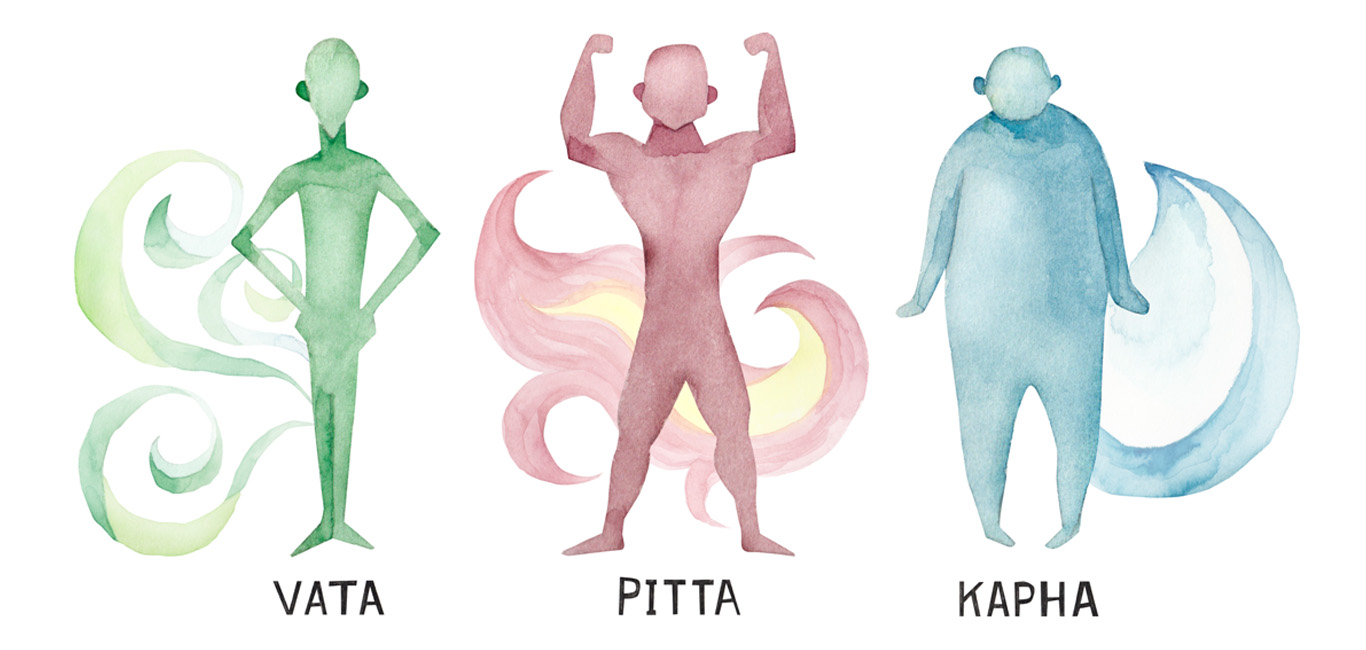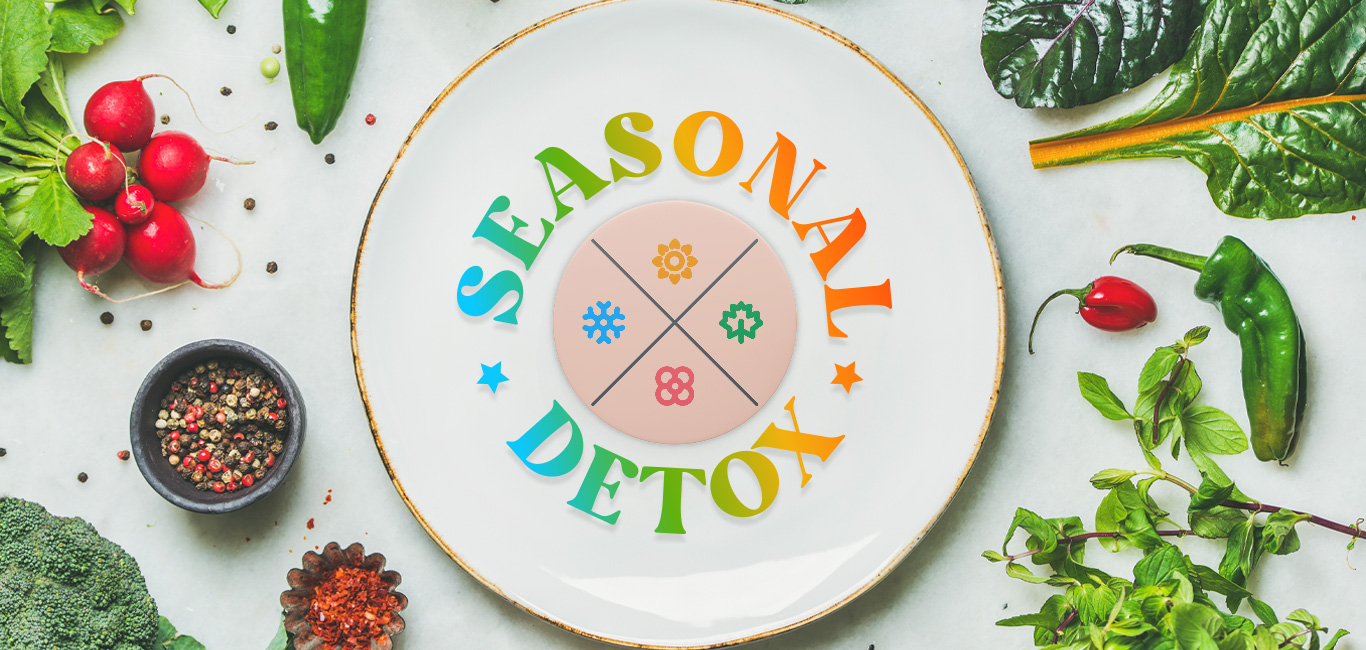
The term satva means essence or purity. And this term is held in high regard in Ayurveda when it comes to one’s diet.
The practice of a sattvic diet is all about incorporating foods in their purest or fresh form. Some common sattvic foods are fruits, vegetables, rock salt, honey, milk and mild spices like turmeric, cardamom, and cumin. Food which is less processed or not processed; and has moderate amounts of oil, spices and salt is also said to be the sattvic.
Yoga, which espouses an agile body and a calm but alert mind through specific physical activities, also advocates eating sattvic food for a sound mind and body.
The body-mind connect
Before we go to sattvic foods, we need to understand the three broad human qualities or trigunas, which, according to Ayurveda, determine one’s personality and mental health. They are classified as satva, rajas and tamas.
People with a predominant sattva guna or nature quality are said to be noted for equanimity or calmness, harmony, spirituality, positivity and self-control.
People with rajas as the main guna are said to be aggressive.
People with a dominant tamas are said to be dull, sluggish, slothful, and inactive both in body and mind.
Likewise, foods also fall into three categories based on their qualities:
- A sattvic food is in its pure and fresh form
- A rajasic food is overly spicy, oily, or salty.
- A tamasic food is cold, frozen, and stored or not fresh
Which foods to have or avoid?
A sattvic diet is highlighted by fruits and vegetables. Foods under this category are rich in nutrients such as antioxidants, zinc, vitamins C, E and K, and beta-carotenes; they are also associated with fighting ageing, onset of diseases and psychological disorders by providing anti-inflammatory action.
Dr Shreevathsa, Professor, Department of Samhita & Siddhanta of the Government Ayurveda Medical College in Mysuru, says Ayurveda stresses on the concept of the sattvic diet for mental health. Food that is oily, spicy, and salty is rajasic and needs to be avoided. Tamasic food, which is stored, stale, over-cooked or half-cooked, should also be avoided.
“Freshly made food which is enriched with vegetables, whole grains, and fruits is sattvic in nature. Eating freshly prepared and nutritious food helps us to maintain our overall health, of both body and mind,” Dr Shreevathsa says.
Does meat make the cut?
There is a myth that Ayurveda is a vegetarian system of medicine. Despite espousing herbal medicines and foods, Ayurveda also talks about meat as food, called Mamsavarga. You can have fish, white meat and eggs in your diet. However, when it comes to a sattvic diet, any form of meat or seafood is excluded.
Dr Daisy Rani Rao, a lifestyle consultant, nutritionist, and general physician at Medical Trust of Seventh-day Adventist, says, “Right food translates to energy and longevity. Wrong food choices could end up causing trouble for one’s physical and mental health. A sattvic diet, however, doesn’t harm one’s body or mind in any sense.”
Benefits are plenty
Ayurveda cautions against unhealthy dietary habits – such as eating food that is not good for your health; which is of poor quality without nutrition; which is polluted; and incompatible or conflicts with other foods that one is having, such as ghee and honey; and habitually eating less food than one needs. Such habits, it says, can cause conditions such as insanity (unmada), epilepsy (apasmara), and psychic perversion (atatvabhinivesha).
A survey study published in the British Journal of Psychiatry in 2009 found that people who consume fruits, vegetables and fish are protected against the onset of depressive symptoms for at least five years, whereas people who consume a diet rich in processed meat, chocolates, desserts, deep-fried food, refined cereals, high-fat and dairy products are vulnerable.
These findings suggest that healthy eating patterns provide additional benefits, and that diet should be considered as a potential guard against mental ailments. Researchers from the Agharkar Research Institute in Pune compiled data on the nutrient contents of different foods based on the dietary habits of healthy adults. The foods were classified according to their qualities (satva, rajas and tamas).
The study concluded that the foods classified under the sattvic category had the highest density of nutrients. The fat content in sattvic foods was around 18 percent, rajasic was found to be 42 percent followed by tamasic which was 72 percent. The study also stated that a diet plan that excludes tamasic and rajasic foods and increases sattvic foods would help to improve mental health.
Sattvic diet & yoga
Ayurveda and yoga have their roots in the Vedas (ancient Indian literature) and share some similar theories. The concept of the three qualities of mind (triguna) is common to both the systems and so is the sattvic diet.
Yoga, which espouses an agile body and a calm but alert mind through specific physical activities, also advocates eating sattvic food for a sound mind and body.
California-based yoga enthusiast and educator Salila Sukumaran shares a glimpse of her sattvic lifestyle. “For me, a sattvic lifestyle and diet is all about being in touch with myself and constantly being a witness to the thoughts that arise in my mind including my cravings. It is all about honouring my mind and body by providing it with the right food.”
Sukumaran, who is also the yoga ambassador for the Ministry of Ayush, Government of India, and Kerala Tourism, says that when one is not in a sattvic mindset, one starts craving tamasic and rajasic food.
“One can attain a balance through yoga, meditation and practices that add to the satva guna of the mind. A sattvic diet is attuned with yogic principles and foods that are natural, seasonal, and organic,” she adds.
(The AYUSH ministry’s name is an acronym for different medicine systems coming under it, namely Ayurveda, Yoga and Naturopathy, Unani, Siddha and Homoeopathy.)


















One Response
Excellent